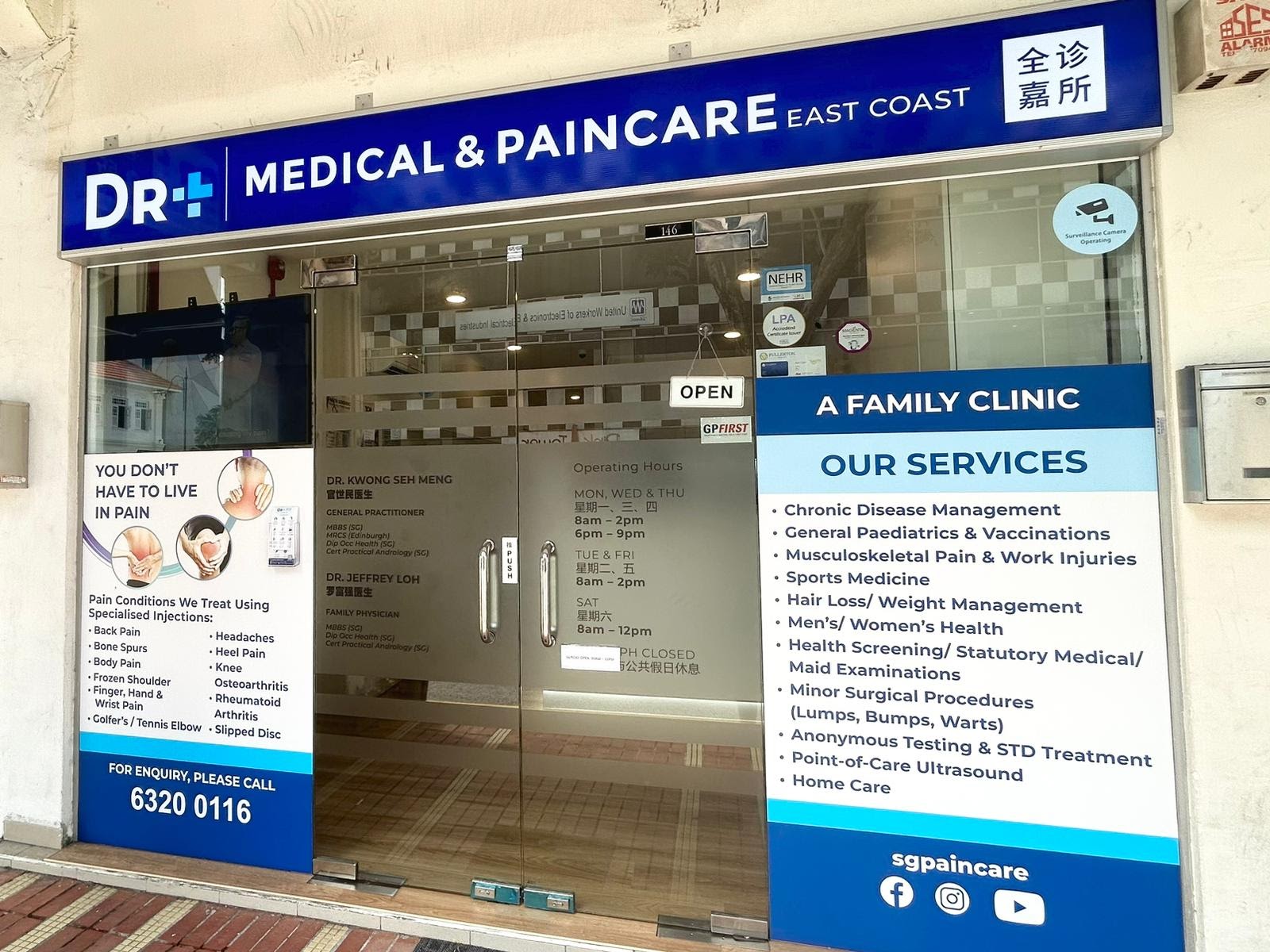Arthritis/ osteoarthritis

About Arthritis/ osteoarthritis
Arthritis, specifically osteoarthritis, is a degenerative joint condition that affects millions worldwide. It is characterised by the breakdown of the protective cartilage cushioning the ends of bones, leading to joint pain and stiffness.
Causes of Osteoarthritis
Ageing
The natural ageing process is a primary factor in the development of osteoarthritis. As individuals age, the water content in cartilage increases, and the protein makeup of cartilage degenerates. Repetitive use of the joints over the years can irritate and inflame the cartilage, causing joint pain and swelling. Over time, the cartilage begins to degenerate and may wear away completely.
Joint injuries
Injuries to joints, whether they occur during sports activities, due to accidents, or other physical activities, can lead to osteoarthritis. Even injuries that occurred many years ago and seemingly healed can increase the risk of osteoarthritis in that joint.
Obesity
Carrying extra body weight contributes significantly to the development of osteoarthritis, especially in weight-bearing joints like the knees and hips. The added pressure on these joints due to excess weight accelerates the breakdown of cartilage. Additionally, fat tissue produces proteins that can cause harmful inflammation in and around the joints.
Genetics
Some people inherit genes that make them more susceptible to osteoarthritis. If one has a family history of the condition, they may be at a higher risk of developing it themselves. Genetic mutations can affect the shape and stability of one’s joints, leading to increased wear and tear.
Bone deformities
Some individuals are born with malformed joints or defective cartilage, which can increase the risk of osteoarthritis. These congenital abnormalities can result in uneven distribution of weight and stress across the joint, leading to faster cartilage breakdown.
Certain metabolic diseases
Diseases that affect the body’s metabolism, such as diabetes and hemochromatosis (a condition in which the body absorbs too much iron), can increase the risk of developing osteoarthritis. These conditions can lead to changes in the joint’s cartilage structure and function, promoting the onset of osteoarthritis.
Symptoms Of Osteoarthritis
Pain: The most common symptom, pain occurs due to bone-on-bone contact or inflammation in the joint.
Tenderness: Light pressure around the joint can cause discomfort, indicating inflammation or damaged cartilage.
Stiffness: Inactivity, especially overnight, can lead to joint stiffness, which usually eases with movement.
Loss of flexibility: The joint’s range of motion may decrease due to cartilage loss and joint changes.
Grating sensation: This sensation or audible noise occurs when roughened cartilage and bone surfaces rub together.
Swelling: Inflammation in the joint can lead to fluid accumulation, causing swelling.
Treatment Modalities
Pain Medication
This involves the use of medications such as Non-Steroidal Anti-Inflammatory Drugs (NSAIDs), opioids, and other specialised medications designed for pain management. The type and dosage are tailored to the individual’s condition and medical history.
Myospan
Minimally invasive treatments aim to effectively relieve common pain conditions by targeting pain sources.
- Coreflex Injections: Typically contain a corticosteroid and are used for inflamed joints or tissues.
- Platelet-Rich Plasma (PRP) injections: Utilise own platelets to promote healing in damaged tissues.
- Intra-Articular Injections: Most commonly used to treat osteoarthritis in the hip or knee, but they can also be given in other joints, including shoulders, wrists, ankles, hands, and fingers.
For chronic pain conditions originating from spinal issues, Neurospan can be performed by our team of pain specialists from Singapore Paincare Center.
Struggling With Persistent Pain?
Consult one of our DR+ today for a detailed consultation & personalised treatment plan.
Diagnosis and Tests
Physical examination
The initial step in diagnosing osteoarthritis involves a thorough physical examination by a doctor. During this examination, the doctor will assess the affected joint for signs of swelling, redness, and warmth. They will also evaluate the joint’s range of motion, strength, and stability. The doctor may ask the patient to move the joint in various ways to determine if specific movements cause pain or discomfort. Palpation, or gentle pressing around the joint, can help identify areas of tenderness or the presence of bone spurs.
Imaging tests
- X-rays: This is a commonly used imaging test for osteoarthritis. X-rays can reveal changes in the joint’s structure, such as narrowing of the space between bones, which indicates cartilage loss. They can also show the presence of bone spurs or osteophytes. However, X-rays may not detect early-stage osteoarthritis, as they do not visualise cartilage.
- MRI (Magnetic Resonance Imaging): Unlike X-rays, MRI scans can produce detailed images of both bone and soft tissues, including cartilage, ligaments, and tendons. An MRI can provide a comprehensive view of the joint and surrounding structures, making it particularly useful for detecting early signs of osteoarthritis or assessing the extent of cartilage damage.
Lab tests
While there is no specific blood test that can diagnose osteoarthritis, certain tests can help rule out other causes of joint pain and inflammation. For example, blood tests can identify markers of inflammation or check for conditions like rheumatoid arthritis, which has symptoms similar to osteoarthritis but requires different treatment. In some cases, a sample of joint fluid may be extracted using a needle (a procedure called joint aspiration) and analysed to check for signs of inflammation or crystals, which can indicate other types of joint conditions.
Prevention and Management
-
Weight management
Excess weight strains joints, accelerating cartilage wear. Achieving a healthy weight through diet and exercise reduces joint stress, slowing osteoarthritis progression and easing symptoms.
-
Regular exercise
Low-impact activities like swimming, cycling, and walking offer movement benefits without stressing the joints. Additionally, flexibility exercises maintain joint range of motion.
-
Joint protection
Supportive devices like knee braces or orthotic shoe inserts distribute weight evenly, reducing joint stress. Using proper techniques during lifting or repetitive tasks also minimizes joint strain.
-
Heat and cold therapy
Heat therapy, like warm baths or pads, relaxes muscles, reducing pain and stiffness. Cold therapy, using ice packs, reduces swelling and numbs the area for pain relief.
-
Over-the-counter pain creams
Apply topical pain relief creams or gels directly to affected joints for targeted pain relief. These products contain ingredients like capsaicin, salicylates, creating sensations that divert the brain's attention from pain.
Frequently Asked Questions
Are there any specific foods or diets that can help manage osteoarthritis symptoms?
While there isn’t a specific “osteoarthritis diet,” some foods have anti-inflammatory properties that may help reduce symptoms. Omega-3 fatty acids, found in fish like salmon, and antioxidants in fruits and vegetables are examples. Consult with a nutritionist or doctor for personalised dietary advice.
How does osteoarthritis differ from rheumatoid arthritis?
Osteoarthritis is primarily a degenerative joint disease caused by wear and tear, while rheumatoid arthritis is an autoimmune condition where the body’s immune system attacks the joints. Both can cause joint pain and swelling, but they have different causes and treatments.
Can osteoarthritis affect younger individuals?
While osteoarthritis is more common in older adults due to the wear and tear of joints over time, it can affect younger individuals, especially if they have sustained joint injuries or have a genetic predisposition.
Are there any natural supplements recommended for osteoarthritis?
Some individuals find relief with supplements like glucosamine, chondroitin, and turmeric. However, consult with a doctor before starting any new supplement to ensure it’s safe and appropriate.
How often should I see a doctor for osteoarthritis management?
The frequency of doctor visits depends on the severity of your symptoms and the treatment plan. Regular check-ups monitor the condition and adjust treatments as necessary.
Can physical activities like yoga or tai chi benefit individuals with osteoarthritis?
Yes, low-impact exercises like yoga and tai chi can improve flexibility, strengthen muscles around the joints, and reduce stress, all of which can be beneficial for osteoarthritis management.
Our Clinics
- Mon, Tue & Thu: 9am to 1pm, 2pm to 4pm, 6:30pm to 9:30pm
- Wed & Fri: 9am to 1pm, 2pm to 4pm
- Sat: 9am to 1pm
- Closed on Sun & PH
-
(Kindly note that clinic’s last registration is 15mins before closing time.)
- Mon, Wed, Thu: 8:00am – 2:00pm, 6:00pm – 9:00pm
- Tue & Fri: 8:00am – 2:00pm
- Sat: 8:00am – 12:00pm
- Sun: 10:00am – 1:00pm
- PH: Closed
#01-54 The Midtown, Singapore 533971
- Mon to Fri: 8:00am – 12:00pm, 1:00pm – 3:00pm, 6:00pm – 9:00pm
- Sat: 8:00am – 12:00pm
- Sun & PH: Closed
988 Upper Serangoon Rd, Singapore 534733
- Mon to Fri: 8:30am – 2:30pm, 6:00pm – 10:00pm
- Sat & Sun: 8:30am – 12:30pm
- PH: Closed
-
(Kindly note that clinic’s last registration is 15mins before closing time.)
Singapore 730018
- Mon: 8:00am – 9:00pm
- Tue – Fri: 8:00am – 4:30pm, 7:00pm – 9:00pm
- Sat: 8:00am – 12:30pm
- Sun & PH: Closed
-
Kindly note that clinic’s last registration is 15mins before closing time.
-
(Last registration timing – Mon: 8:45pm, Tue – Fri: 4:15pm & 8:45pm, Sat: 12:15pm)
Thomson Imperial Court, Singapore 574424
- Mon to Wed: 8:30am – 10:00pm
- Thu: 8:30am – 3:00pm, 6:00pm-9:30pm
- Fri: 8:30am – 6:00pm
- Sat & Sun: 9:00am – 3:00pm
- PH: Closed
-
(Kindly note that clinic’s last registration is 15mins before closing time.)
- Mon, Wed & Fri: 8:30am – 12:30pm, 1:30pm – 4:30pm, 6:00pm – 9:00pm
- Tue & Thu: 8:30am – 12:30pm, 1:30pm – 4:30pm
- Sat: 8:30am – 12:30pm
- Closed on Sun & PH
-
(Kindly note that clinic’s last registration is 15mins before closing time.)
Need Advice On Your Condition?
Please fill out the form and we will be in touch with you shortly.







